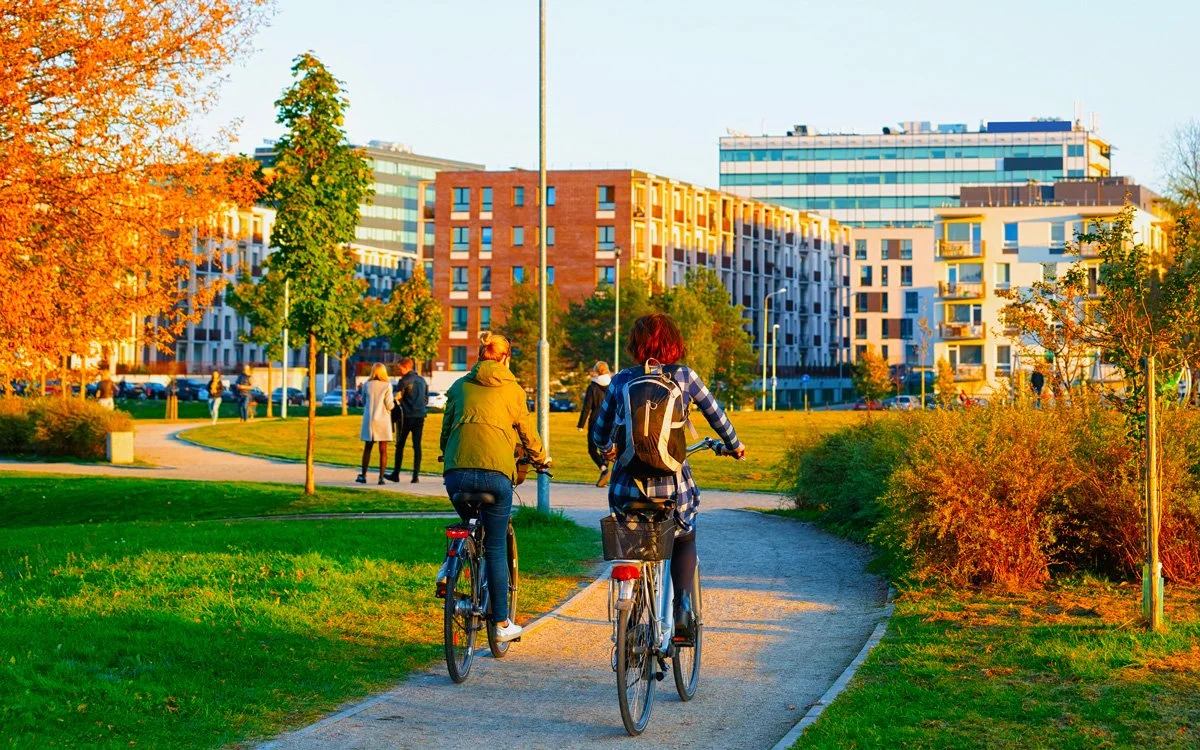Community investing directs money to communities and people underserved by conventional financial institutions. It helps lift these communities economically through financing projects such as:
Access to healthy food, education, or childcare
Job creation
Start-up funds for small business
Affordable housing
Community centers
Community investors may also seek to build sustainable neighborhoods through initiatives such as energy efficiency, renewable energy, parks and green space, recycling and composting, bike lanes and sidewalks, public transit, and transit-oriented development.
Community investing helps people and communities who are under-resourced due to systemic inequity begin to build generational wealth. It provides people and organizations with tools to improve the quality of life for themselves, their families, and their communities.
Community investing options
Individual investors have plenty of options for community investing, including:
Community Investing
-
If you have money at a community development bank or credit union, then you are a community investor. The mission of these banks and credit unions is to invest in their communities.
When you open a checking or savings account, certificate of deposit, or money market account with a community development bank or credit union, you are helping them support projects that build healthy communities – and your accounts are federally insured up to $250,000.
An example is Hope Credit Union’s Transformational Deposit, used to build financial health for families across the deep South through homeownership, entrepreneurship, education, health, climate resiliency, and more in one of the nation’s most economically distressed regions.
Find a community development bank or credit union in your area on Green America’s Get a Better Bank Map.
-
Community development loan funds are a special type of CDFI that provides low-cost financing to businesses, organizations, and individuals in underserved communities. When you invest in a CDLF, you may be helping a developer build affordable housing or a first-time entrepreneur start a local business.
Investments in CDLFs usually start at $1,000. Interest rates are at or below market, and your money may be tied up for one to three years. These loan funds are not federally insured, but they use grant money and loss reserves to help protect individual investors.
You can find a CDLF in your area from Opportunity Finance Network’s CDFI Locator – search for Loan Fund and the area served.
-
Impact notes are pooled funds that support community development. One of the oldest is Calvert Impact’s Community Investment Note, which allows investors to start with as little as $20, with returns of 3.5% to 5%.
Since its inception in 1995, the Community Investment Note has raised over $3 billion from 20,000 investors to fund small business, renewable energy, affordable housing, sustainable agriculture and more.
In 2023, Calvert Impact introduced the Cut Carbon Note to finance energy efficiency and renewable energy in commercial buildings, with the goal of measurably reducing carbon emissions.
Other examples of impact funds and notes include:
CNote’s Flagship Fund, which works through CDFIs to support small business, affordable housing, and sustainable growth. 4% return, no minimum investment, 30-month term.
Capital Impact Investment Notes, which has invested $3.2 billion in community health centers, charter schools, healthy food retailers, and affordable housing developers nationwide. $1,000 minimum, fixed interest rates, terms up to 20 years.
Local Initiatives Support Corporation (LISC) Impact Notes, which finance community and economic development projects in 37 cities and 2400 rural counties in 49 states. $1,000 minimum, fixed interest rates, terms of 1 to 15 years.
Local or state pooled funds such as the Chicago Community Loan Fund or California Community Vision. Terms vary; look for these funds in your area.
Community investing is popular!
Community investing has grown exponentially over the past decade, according to the US Sustainable Investment Forum 2022 Trends Report. Total community development assets have risen from $64.3 billion in 2014 to $457.9 billion in 2022, a growth rate of over 700%.
The number of community development financial institutions rose from 880 in 2014 to 1,462 in 2024, led by the addition of hundreds of new community development credit unions nationwide.
You can find community development banks and credit unions where you can open an account in your area on Green America’s Get a Better Bank map.
